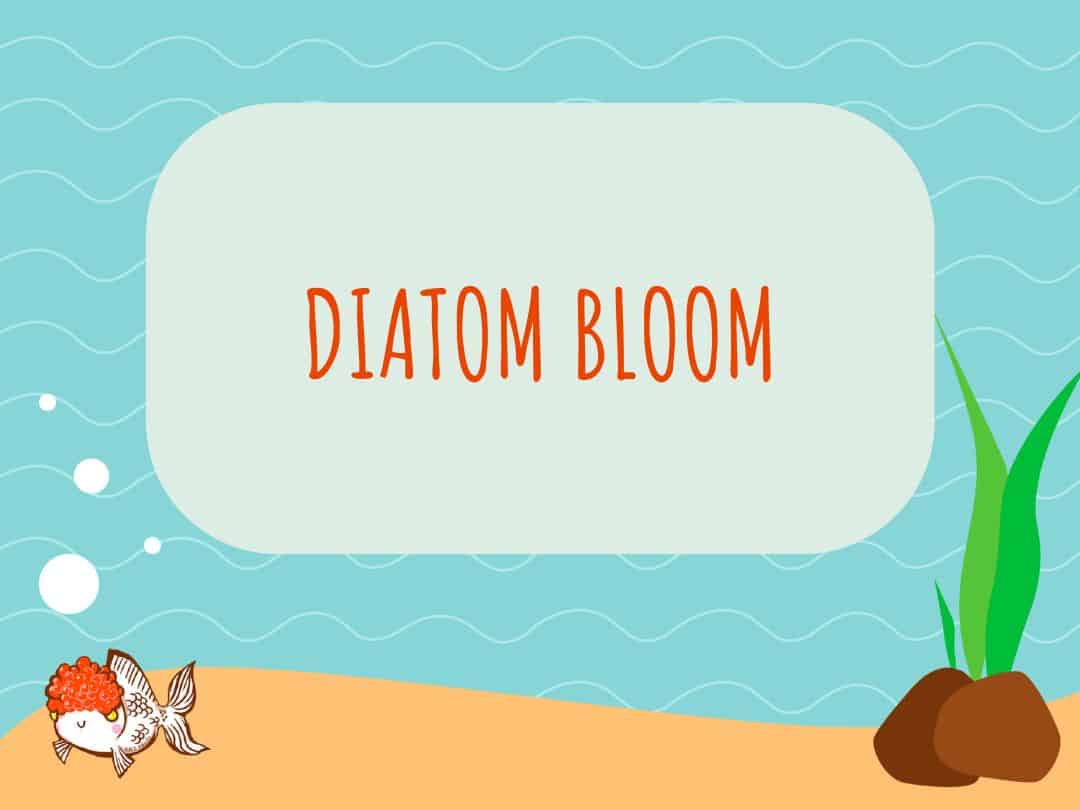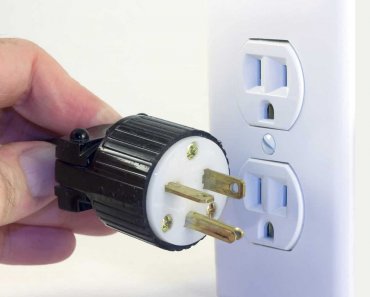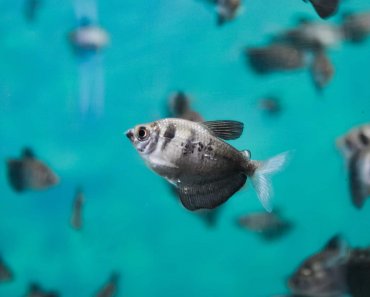
Have you recently noticed that your saltwater reef tank is not looking its best? No need to worry, this is a normal cycle and won’t last long.
Saltwater tanks go through a several-month period known as an ugly phase. During this time, numerous species of algae rear their ugly head and take over the aquarium. But one of these is not like the other: diatoms.
Although diatoms might look and act like a type of algae, they’re something different altogether.
Keep reading to find out everything you need to know about diatoms and how to remove them from your saltwater aquarium!
What Are Diatoms?
Diatoms are one of the most important organisms on Earth, providing up to 50 percent of the planet’s available oxygen and are considered the main base of the Southern Ocean. They can be used to trace historic environmental events and have been incorporated into daily household items.
Diatoms in the Bacillariophyceae class are microscopic photosynthetic algae that live in both freshwater and saltwater ecosystems. They are unicellular and feature a transparent silica cell wall.
These algae process much of the world’s carbon dioxide and expel useable oxygen. They are also an important source of food to other phytoplankton which then feed larger fish and mammals.
Diatoms are incredibly important for understanding the health of an ecosystem. Scientists believe that there could be as many as 2,000,000 different species of diatom, though a conservative estimate is about 20,000, all with their preferred environmental variables and water conditions.
Understanding which species appear in what kinds of conditions gives a better understanding of how the ecosystem operates and provides observable change. Unfortunately, not all diatoms are beneficial.
Some of the most harmful diatoms are those in the Pseudo-nitzschia genus. Some species in this genus produce a harmful neurotoxin called domoic acid.
In particular, filter-feeding shellfish can be subjected to these toxins that can be ingested by larger animals, including humans. This can cause amnesic shellfish poisoning, which can lead to neurological problems and eventual death.
But what about a diatom bloom in your reef tank? How do diatoms get there and are they dangerous?
Diatoms In The Aquarium
Diatoms are always present in your aquarium. However, they won’t become noticeable until there is an imbalance in your tank.
Diatoms are most noticeable during a tank cycle. They cause brown rust to cover the substrate, rocks, and decorations, which can be unsightly. Luckily, they typically leave on their own once a balance has been restored in your tank.
The good news is that they’re not dangerous to fish, corals, or yourself and are very easy to treat.
What Causes Diatoms?
Diatoms are photosynthetic organisms that thrive in high-nutrient coastal waters. They thrive in imbalances of ammonia, nitrite, nitrate, phosphate, and silicate.
During the nitrogen cycle, all five of these nutrients are rapidly changing and fluctuating, creating the perfect condition for diatoms to grow. As a result, a thin, brown rust forms over the surfaces of the aquarium.
Diatoms are especially likely to grow if you’re using a new substrate. Most substrates contain silicates that enter the water column. As mentioned earlier, diatoms need silicates and silicic acid to form their silica casing, which will help them grow.
Once nutrients are balanced and silicates are exhausted, the diatoms will leave. This usually only lasts a couple of weeks, though diatoms can return if water quality is poor.
Identifying Diatoms
For the most part, diatoms are easy to identify. If a rust-colored coating appears during or right after your tank’s cycle, it’s most likely diatoms.
However, diatoms can look like dinoflagellates, another type of phytoplankton in the Dinoflagellata superclass. Unfortunately, dinoflagellates are much more difficult to get rid of and can cause harm to fish and invertebrates.
These two types of algae are very similar in appearance. They are both rust-colored and will cover most surfaces in your aquarium.
There are a few ways to tell them apart, but the only sure way to know the difference is by looking at them under a microscope. From there, you can begin a course of treatment.
Diatoms Vs. Dinoflagellates
The only sure way to tell diatoms apart from dinoflagellates is by using an inexpensive microscope, which can be found online for under $20.
There are different species of dinoflagellate, each with its unique appearance. In general, dinoflagellates appear as brown circular organisms though some may have pointed ends.
In contrast, diatoms might have a rod-shaped appearance, though they can come in a variety of shapes and sizes as well.
If you’re unable to get your hands on a microscope, there is a more unreliable method for differentiating between these two brown algae if you follow the steps below:
- Take a sample of the algae with aquarium water.
- Vigorously shake the container for about 30 seconds.
- Strain all of the water through a coffee filter or paper towel.
- Let the filtered water sit in ambient lighting for about an hour. If dinoflagellates are present, the algae will start to clump back together. This is different from diatoms that will fall to the bottom like silt.
How To Remove Diatoms
Once you’ve determined if you’re dealing with diatoms or dinoflagellates, it’s time to figure out what to do. Some hobbyists choose to do nothing while others use chemicals or physical removal.
Should You Remove Diatoms?
Before we get into how to remove diatoms, you should determine if they’re even worth getting rid of.
Diatoms are a sure sign that there is an imbalance in your system. For a new and empty tank, this is good news because your aquarium is stabilizing itself and will soon be on its way to being able to support a marine environment.
If you find your mature tank covered in diatoms, then you may have a larger problem that you should quickly address.
Most diatom problems will go away on their own without any additional maintenance. However, diatoms can start to physically choke out corals and take up valuable nutrients and oxygen. Once they die, they will also release silicates back into the water.
If your diatoms don’t leave by themselves within a few weeks, then it might be time to manually remove them.
How To Get Rid Of Diatoms
There are a few ways to get rid of diatoms. Mainly, you will need to focus on correcting water parameters and use physical removal methods.
Diatom blooms can easily be handled by stabilizing your water quality and keeping your tank clean.
Stabilizing Water Quality
Diatoms take advantage of imperfect or volatile water parameters. First, get a base reading of all the parameters in your saltwater aquarium, including ammonia, nitrite, nitrate, phosphate, calcium, magnesium, KH, and pH.
In the case of algal blooms, nitrate and phosphate are usually the leading causes.
If you find that you have high nitrates or phosphates, perform frequent water changes with RO/DI water and a quality salt mix. Additionally, low-quality salt mixes add additional nutrients that can contribute to algae problems.
Diatoms are also very likely to occur in tanks with poor source water.
Most tap water will contain nitrates and phosphates as well as silicates, which can quickly feed a blossoming diatom population. RO/DI is purified and will prevent these unwanted nutrients from entering the system.
In addition to frequent water changes and a good water source, nutrient-reducing filter media can also be used. This method is only recommended for fish-only aquariums or for expert hobbyists that can keep a close eye on their parameters.
Nutrient-reducing filter media, such as nitrate or phosphate reducers, will help stabilize water parameters and get them back into the ideal range. However, this is a temporary fix and levels will increase if the origin of the problem is not fixed.
It should be noted that frequent water changes and nutrient-reducing filter media can increase dinoflagellate populations if diatoms are wrongly identified.
Physical Removal
Like other algal blooms, physical removal is the most effective method of control. Luckily, diatoms are a lot easier to remove in comparison to some other pest algae species.
Diatoms mostly grow on the substrate. A simple aquarium vacuum can be used to clear away any brown patches.
Some diatoms may make their way onto the aquarium glass or live rocks. Simply use a scrubber and pipette/turkey baster to dust the diatoms off.
It is best to do physical removal during a water change as the diatoms will become free-floating in the water column, which can become messy.
How To Prevent Diatoms
Even though removal of diatoms is easy, it is best to avoid them altogether.
Here are the best ways to prevent diatoms from showing up in your established aquarium:
- Use a good water source. For saltwater aquariums, RO/DI water is most preferred. Tap water can contain nutrients, including silicates, that promote the growth of nuisance algae, like diatoms.
- Use a good salt mix. There are several different salt mixes on the market and they’re not all the same. Make sure to test salt mixes to ensure that no additional nutrients are unknowingly entering the system.
- Keep up with aquarium maintenance. Regularly vacuum the substrate and dust off rocks and decorations to keep detritus from building up, which can lead to algae growth.
- Use a UV sterilizer. In extreme cases, a UV sterilizer may be used to combat diatoms. However, this is usually unnecessary for diatoms removal. This algae problem is easy to fix and UV sterilizers are expensive.
It is difficult to prevent diatoms from showing up in a newly cycled aquarium. If they do show up, there is little reason to worry and even less reason to attempt removal.
Trust that your tank will balance itself and enjoy the ugly phase of owning a saltwater aquarium!
Final Thoughts
Diatoms are ugly but they’re not the worst algae you can have in your tank. These phytoplankton blooms are very common in new saltwater tanks but can happen in mature systems if nutrients fall out of balance.
Luckily, diatoms will usually leave on their own but some physical removal may be necessary.
If you have any questions about diatoms, other types of pest algae, or have had to differentiate diatoms from dinoflagellates before, don’t hesitate to leave a comment below!


























